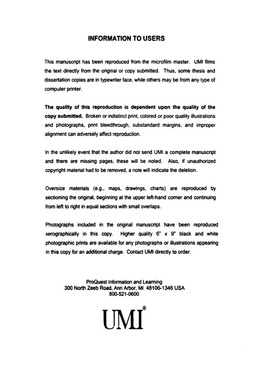| dc.contributor.advisor | Shah, Subhash N., | en_US |
| dc.contributor.advisor | Osisanya, Samuel O., | en_US |
| dc.contributor.author | Cho, Hyun. | en_US |
| dc.date.accessioned | 2013-08-16T12:18:23Z | |
| dc.date.available | 2013-08-16T12:18:23Z | |
| dc.date.issued | 2001 | en_US |
| dc.identifier.uri | https://hdl.handle.net/11244/364 | |
| dc.description.abstract | This study describes the model development for each segment, the combination of each model, the solution, and the simulation results of the combined three-segment model. To ensure a comprehensive understanding of the effects of the parameters affecting cutting transport efficiency, the simulation under drilling mode was performed. This involves build-up of cuttings-bed and the cuttings transport out of an existing cuttings-bed. | en_US |
| dc.description.abstract | The simulation results of CT-WellClean(c) show how to obtain a reasonable pumping velocity, and how to optimize the rheology of drilling fluids for the lowest possible pressure gradient. These results can serve as an operational guideline for the design of a drilling program. Moreover, sensitivity analyses of the effects of the parameters that affect the efficiency of cuttings transport were performed. The results of the sensitivity analysis are compared with published experimental data. Finally, the observed agreement and discrepancies concerning these results are also discussed. | en_US |
| dc.description.abstract | The concept of minimum anti-sliding velocity (MASV) of the cuttings-bed was developed for the transit segment. From a cuttings transport point of view, this segment is the most critical and difficult based on the inter-relationship between parameters. These parameters involve fluid rheology, wellbore deviation, interfacial friction between a suspension layer and a cuttings-bed, and in-situ fluid velocity in a suspension layer. For this segment, the following were quantitatively analyzed: cuttings-bed distribution with its wellbore deviation, cuttings-bed movement and its direction, MASV, and pressure gradient. | en_US |
| dc.description.abstract | In this study a user friendly simulator, CT-WellClean(c), was developed based on the three-segment hydraulic model. This simulation program is capable of predicting the cuttings transport in coiled tubing while drilling under the following conditions: fluid pumping rate, fluid rheological characteristics, wellbore geometry, formation characteristics, and wellbore deviation. In addition, it is capable of providing solutions to problems related to selection of drilling fluids and prediction of frictional pressure losses of drilling hydraulic systems. This simulation program also allows drilling engineers to simulate all possible in-situ drilling conditions, resulting in the proper design of drilling programs and selection of fluid systems. | en_US |
| dc.description.abstract | A new mathematical model is presented to overcome the limitations in existing hydraulic models used to predict cuttings transport when drilling a horizontal or deviated well. A new three-segment (a horizontal and near horizontal segment, a vertical and near vertical segment, and a transit segment) hydraulic model under two-phase (solid-liquid) flow in an annulus was developed to predict and interpret cuttings transport mechanisms. In particular, the model developed in this study advances a three-layer (a stationary bed layer of drilled cuttings at the bottom, a moving bed layer above it, and a heterogeneous suspension layer at the top) hydraulic model for the horizontal and near horizontal segment. An existing two-layer model was modified for a transit segment, and a one-layer model is used for the vertical and near vertical segment. | en_US |
| dc.format.extent | xix, 259 leaves : | en_US |
| dc.subject | Horizontal oil well drilling. | en_US |
| dc.subject | Horizontal gas well drilling. | en_US |
| dc.subject | Hydraulic models. | en_US |
| dc.subject | Engineering, Petroleum. | en_US |
| dc.subject | Drilling muds. | en_US |
| dc.title | Development of a three-segment hydraulic model for cuttings transport in horizontal and deviated wells. | en_US |
| dc.type | Thesis | en_US |
| dc.thesis.degree | Ph.D. | en_US |
| dc.thesis.degreeDiscipline | Mewbourne School of Petroleum and Geological Engineering | en_US |
| dc.note | Supervisors: Subhash N. Shah; Samuel O. Osisanya. | en_US |
| dc.note | Source: Dissertation Abstracts International, Volume: 62-09, Section: B, page: 4198. | en_US |
| ou.identifier | (UMI)AAI3025980 | en_US |
| ou.group | Mewbourne College of Earth and Energy::Mewbourne School of Petroleum and Geological Engineering | |
